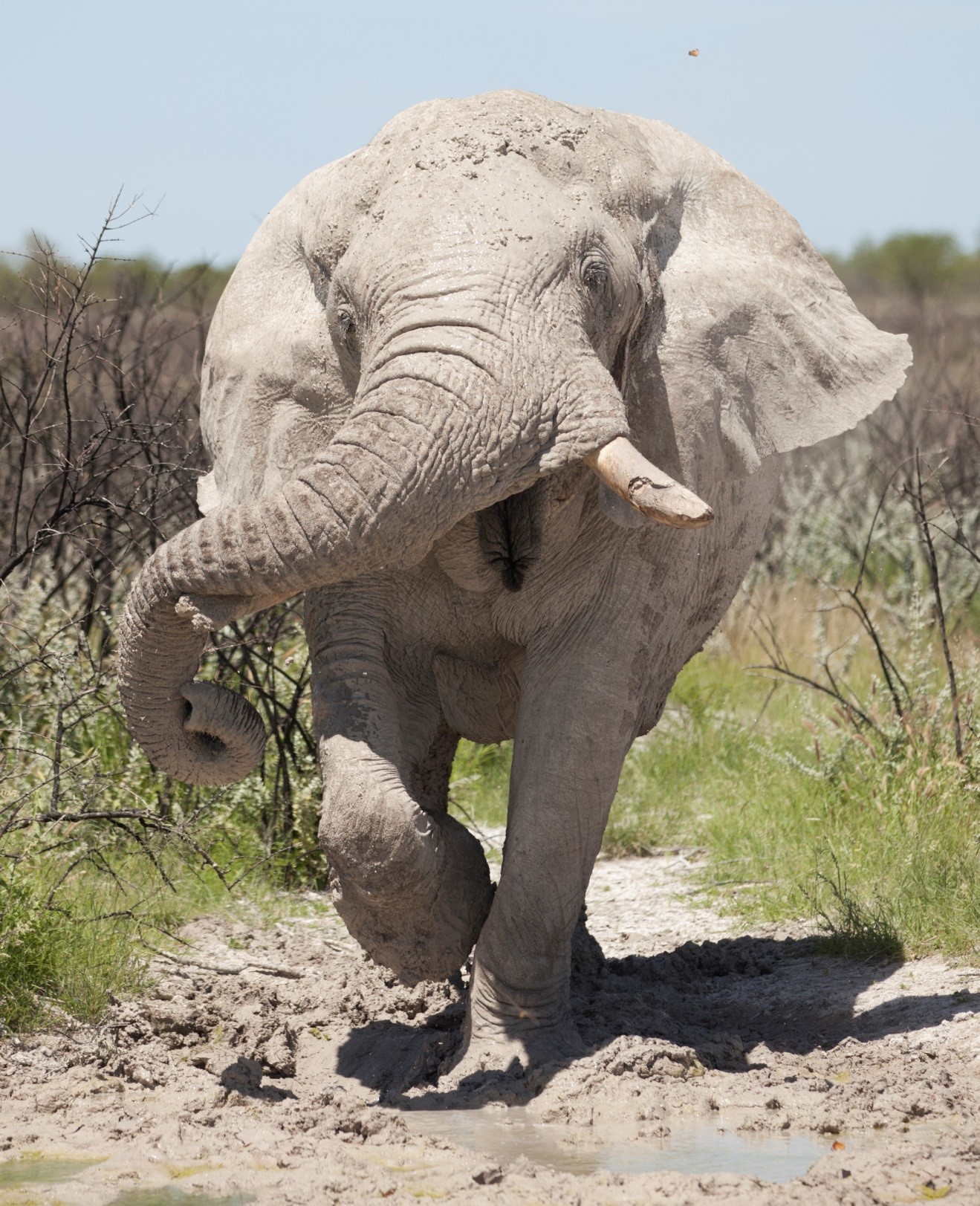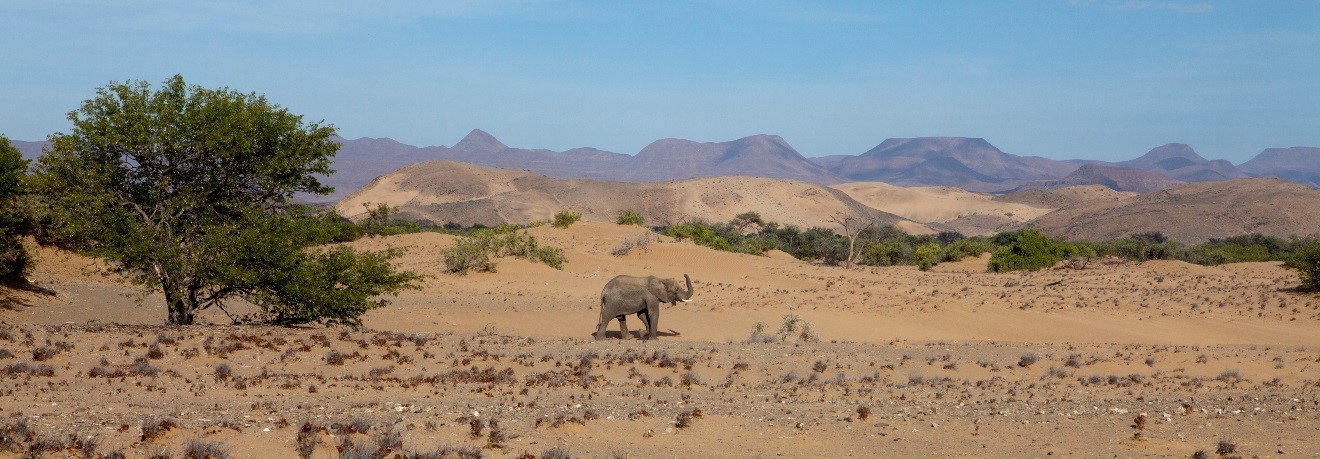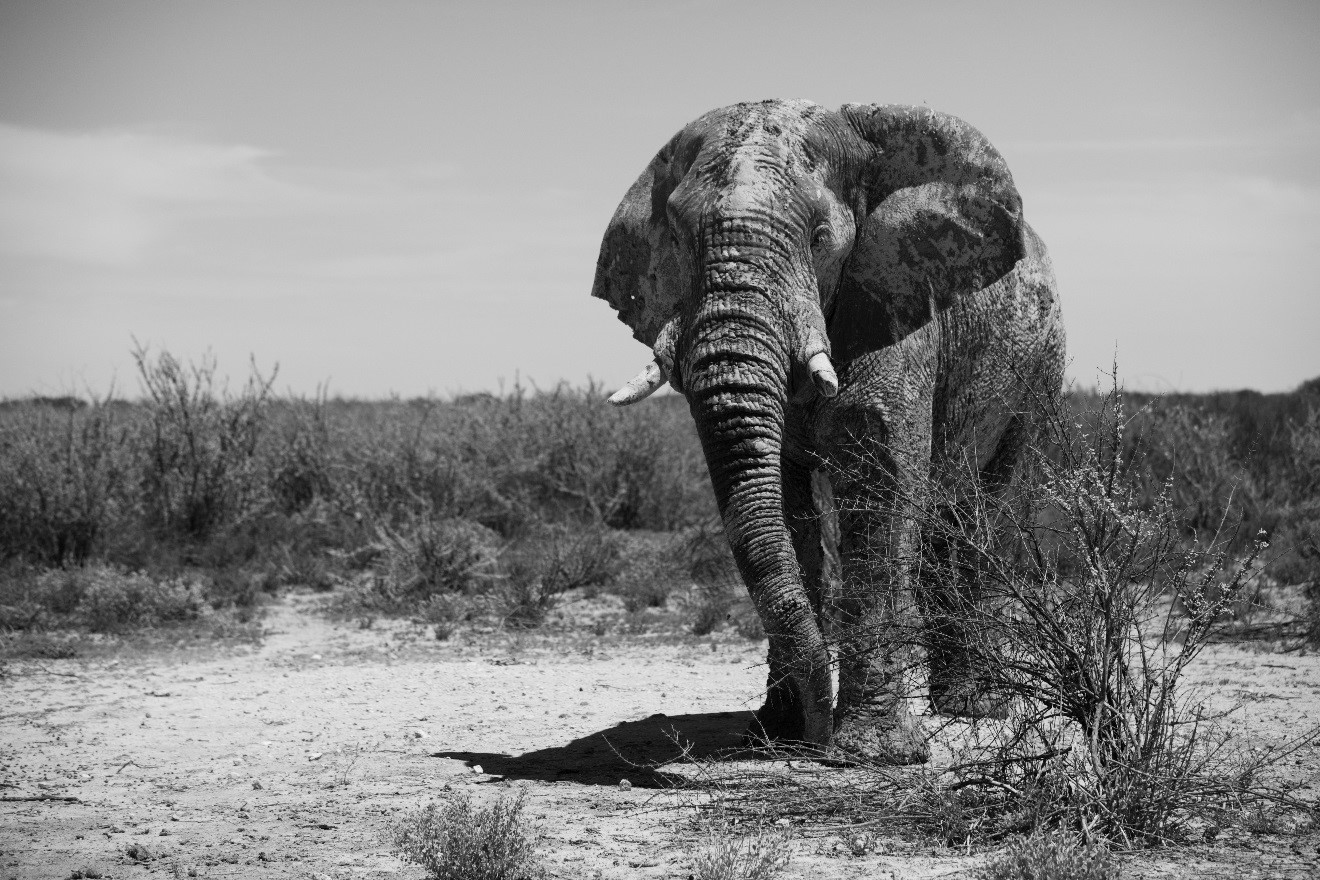
5 Tips on Photographing Elephants
When it comes to wildlife affinity, perhaps no other creature carries as large a fan club as do the magnificent elephants of Africa. Their size, demeanor, intelligence, and general presence can be one of the most impressive sights during an African safari. When you do encounter an elephant, or a herd of multiple elephants, use these tips to capture the moment and enjoy it for a lifetime of memories.
1) Capture behavior
One of the first photos you’ll surely want to get is a “fill the frame” shot of these magnificent creatures. Nothing particularly artsy – just get that impressive shot capturing their natural behavior. They often move fast for a big animal, so be sure to shoot with a fast shutter speed to freeze motion. And use traditional composition rules to frame the shot to your liking.

2) Show their size
It’s not the easiest thing to do on a whim, but paying careful attention to where the elephant is, what’s around it, and how you can document their size, is key. But, don’t just think BIG…sometimes it’s fascinating to show their size in comparison to the environment. Most folks know how big an elephant is, so having them appear small amidst an impressive landscape is quite compelling.

3) Zoom in
An animal as large as an African elephant doesn’t need much magnification when it comes to your camera and the photos you take. However, you have the power to zoom, so why not experiment. The texture of an elephants skin is incredible, as is their meaningful and sentient eyes. Why not take a close up that shows parts of the animal in great detail? Be careful of harsh shadows, and be sure to justify your composition. Where did you position that crease in the skin? Why? Did you include the eye, and where is it in the frame?

4) Try black and white
Elephants lend themselves very well to black and white photography. Not sure if it’s the contrasts in textures on their skin, their impressive size, or their stoic appearance, but likely it’s a combination of all three (and more!). You don’t have to take the photo in black & white, but try converting it on your computer when you get home. It often makes for a very compelling image.

5) Include the human element
As with most large animal photography, including the human element is an excellent way to show scale, tell your story, and connect the viewer with your unique experience. Whether it’s getting a bit of your safari vehicle or fellow traveler in the foreground, or even showing game tracks in the photo, it helps connect the viewer with the experience by injecting a sense of familiarity in the photo.

Hopefully these tips will serve you well on safari, and if you have any questions please leave a comment below. We’d love to hear from you!
Go forth and give it a shot,
2 Comments

Vivian T Cain
July 14, 2021 at 4:28 pm

Court Whelan, Ph.D.
August 6, 2021 at 12:37 pm
In one of Court’s webinar he offered to send a PDF with information for camera settings. Could you please email me that.
Hi Vivian, sure thing! Can you email me at courtw@nathab.com and I’ll attach the PDF to an email reply? No way of attaching something here :).